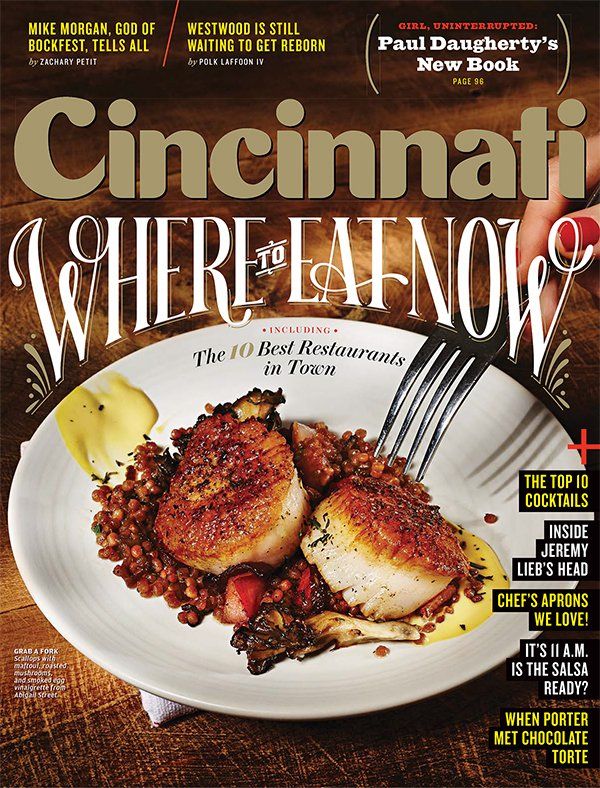 I missed eating out. So much so, that the very first weekend we were allowed to “dine-in” again in Ohio, my wife and I enjoyed a great meal at one of our favorite local places. Yes, it was different from the “usual” experience, and we loved it anyway.
I missed eating out. So much so, that the very first weekend we were allowed to “dine-in” again in Ohio, my wife and I enjoyed a great meal at one of our favorite local places. Yes, it was different from the “usual” experience, and we loved it anyway.
What about the rest of America? Are we ready to go eat out again? MediaPost’s Sarah Mahoney recently talked to food analyst David Portalain for his take on the state of the industry. Portalain works for market research company NPD, and their latest report pointed out a few key facts, Sarah explains:
- 68% of U.S. restaurants are now legally allowed to be open for sit-down dining; and
- Compared to last year, transactions at U.S. chains are down 18% year-over-year
There’s a lot at play here; aside from COVID-19 fears (a very real factor in our collective hesitancy), there’s also the economic realities many families are facing. That stimulus check only goes so far, and millions are waiting on their unemployment benefits. Eating out is now more of a luxury that it was last year.
According to Portalain, there’s something else at play here as well.
“You could make an argument that we were oversupplied with restaurant locations,” he says, after explaining that he feels the industry “can absorb a reduction in restaurant count and still serve consumer demand.”
Those consumer demands may well be changing, though. As Mahoney points out, food budget dollars shifted away from eating out and back to cooking at home during the recession of 2008-2012 … and those numbers never really shifted back afterwards. Could we be seeing a similar phenomenon now?
Portalain says it’s a bit different this time around; this wasn’t consumer-driven change but forced changed due to the pandemic. He cites the rise in food apps and take-away for so many restaurants as evidence the consumer wants what the restaurants are offering … any way they can get it. But he realizes this pandemic may have profoundly changed the restaurant industry, as it has so many others.
“Delivery, going forward, will continue to be so important,” Portalain notes. “Consumers are going to be staying at home more. The workplace is going to be different. The need to get meals into people’s homes is going to continue. So there will be more off-premise business, whether via drive-through windows, delivery or partnering with third-party platforms. Now, everything is on the table.”
We still love our restaurants and will continue to support them. But that support may look a bit different for a while yet for many, many Americans. Now if you’ll excuse me, it’s lunchtime.
